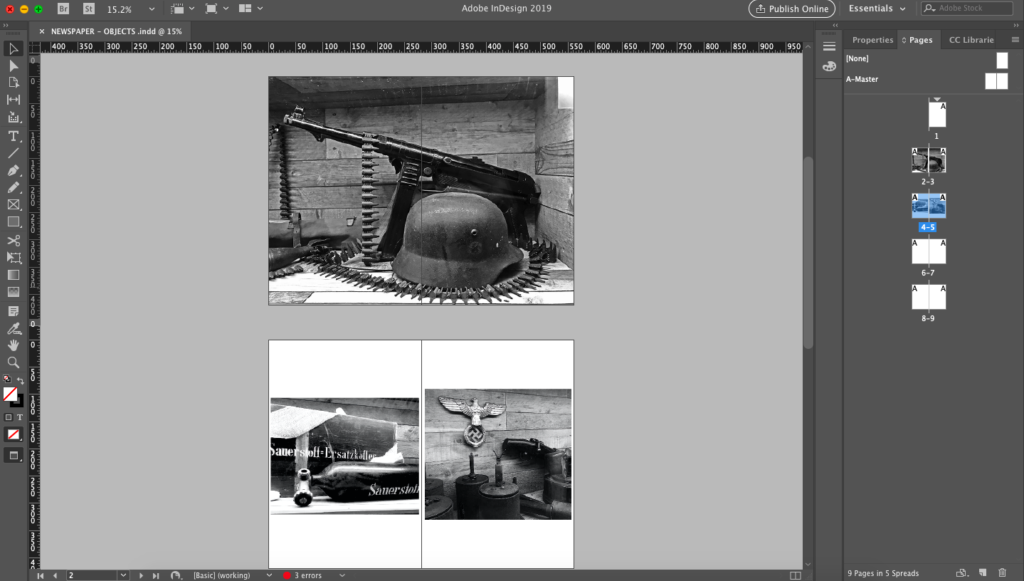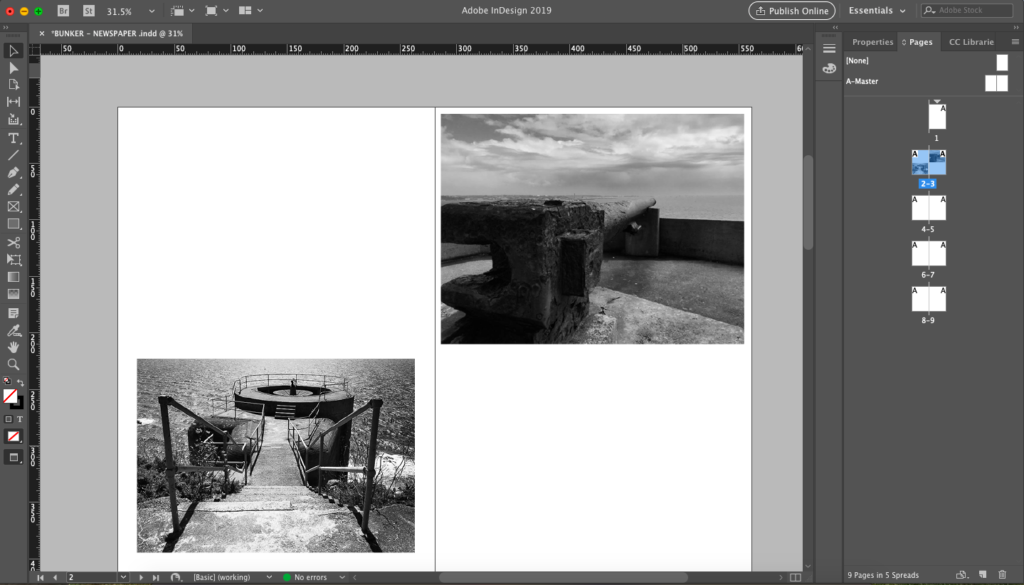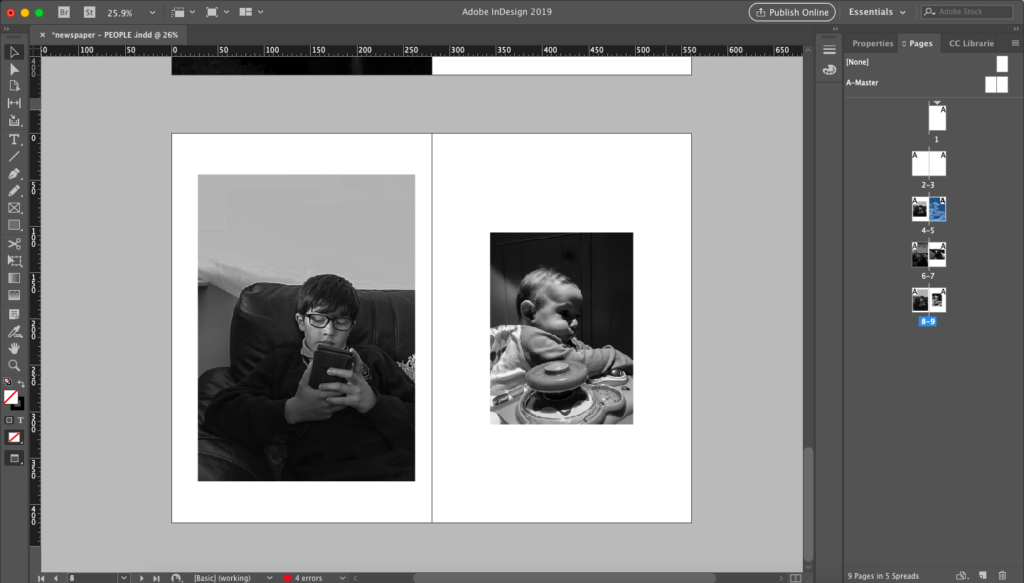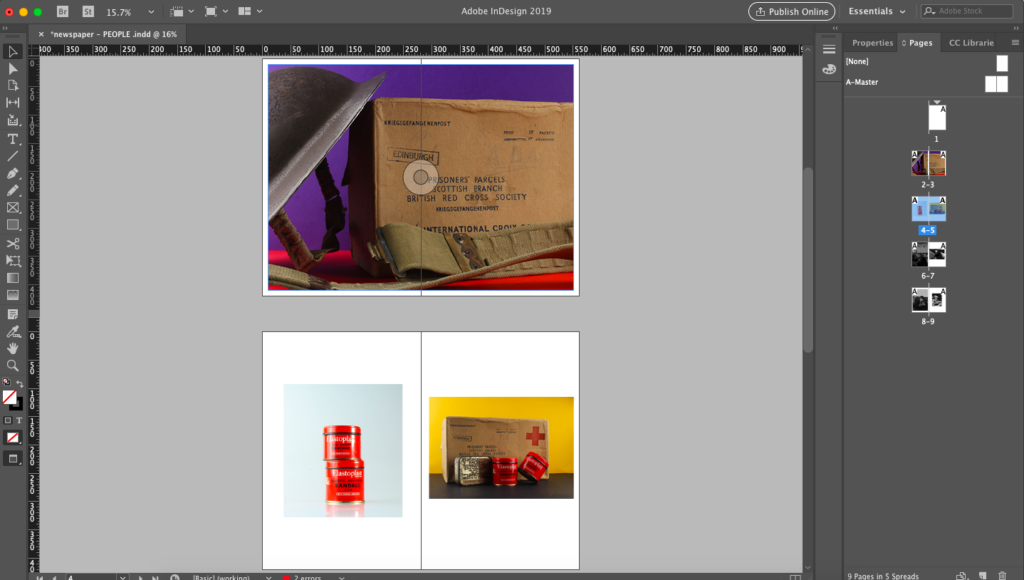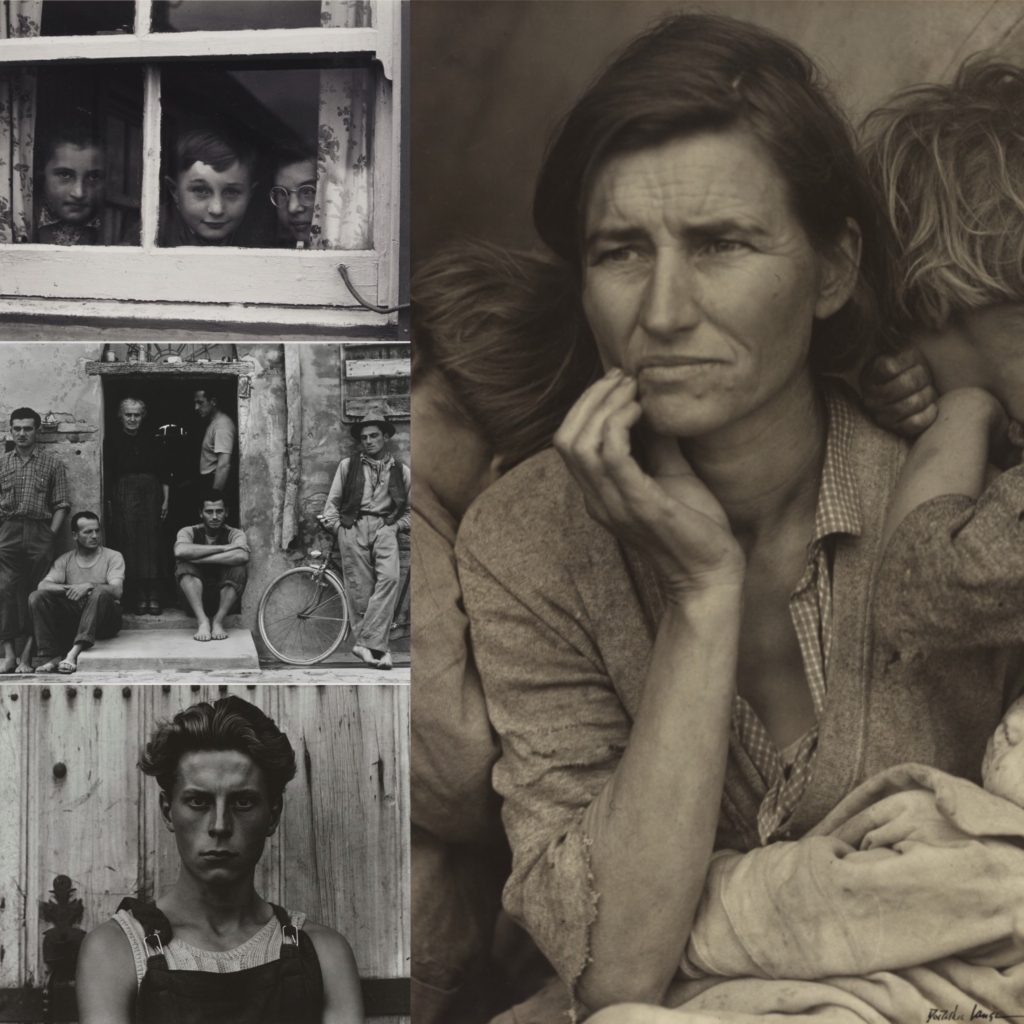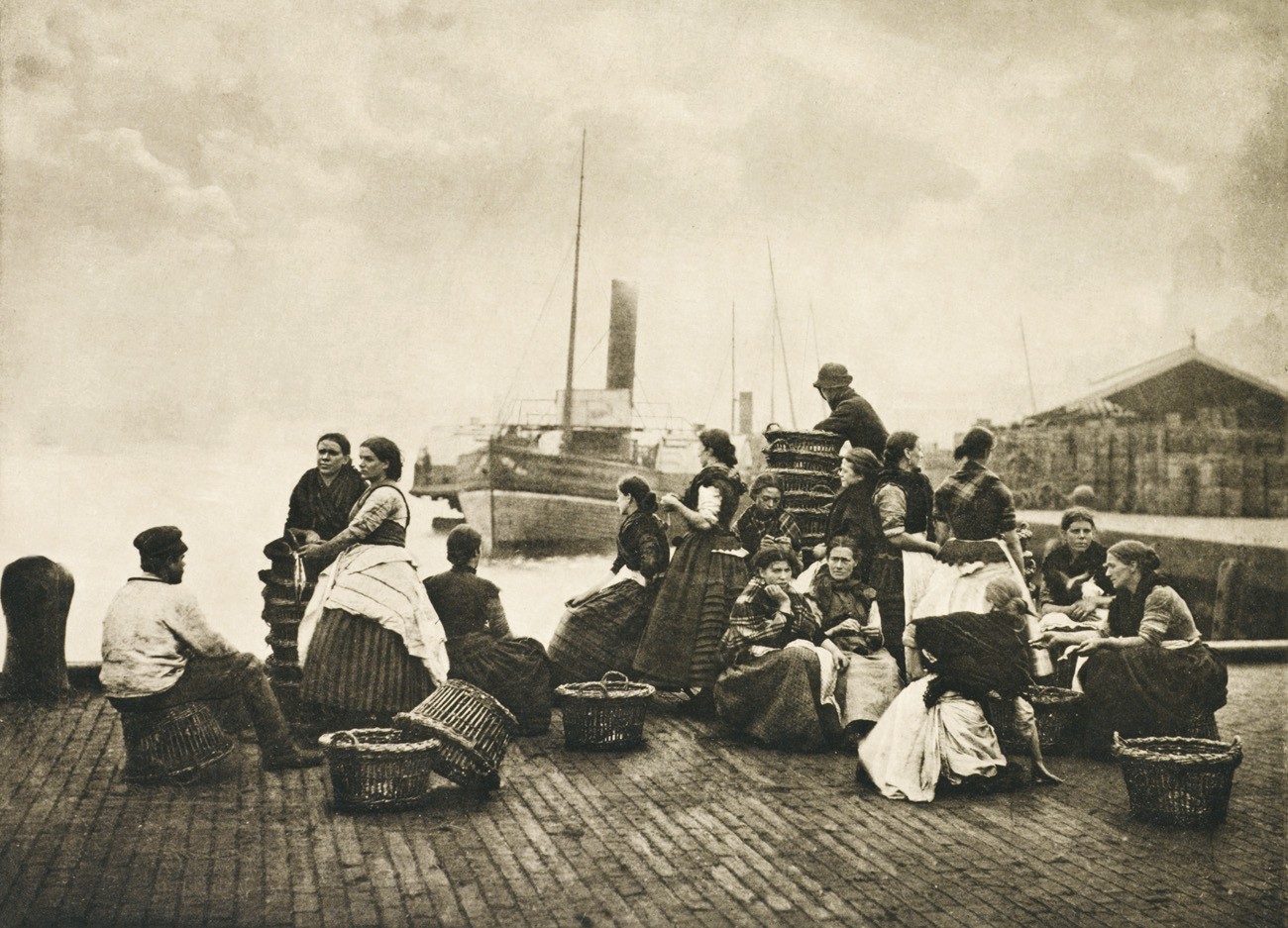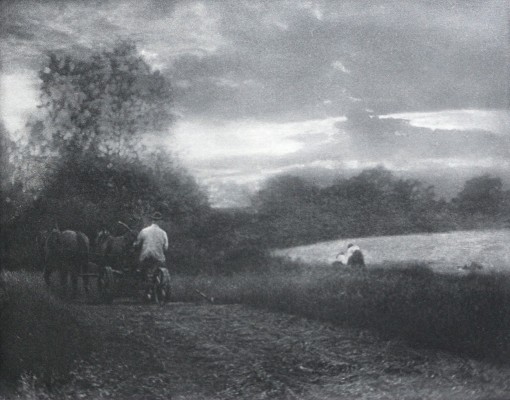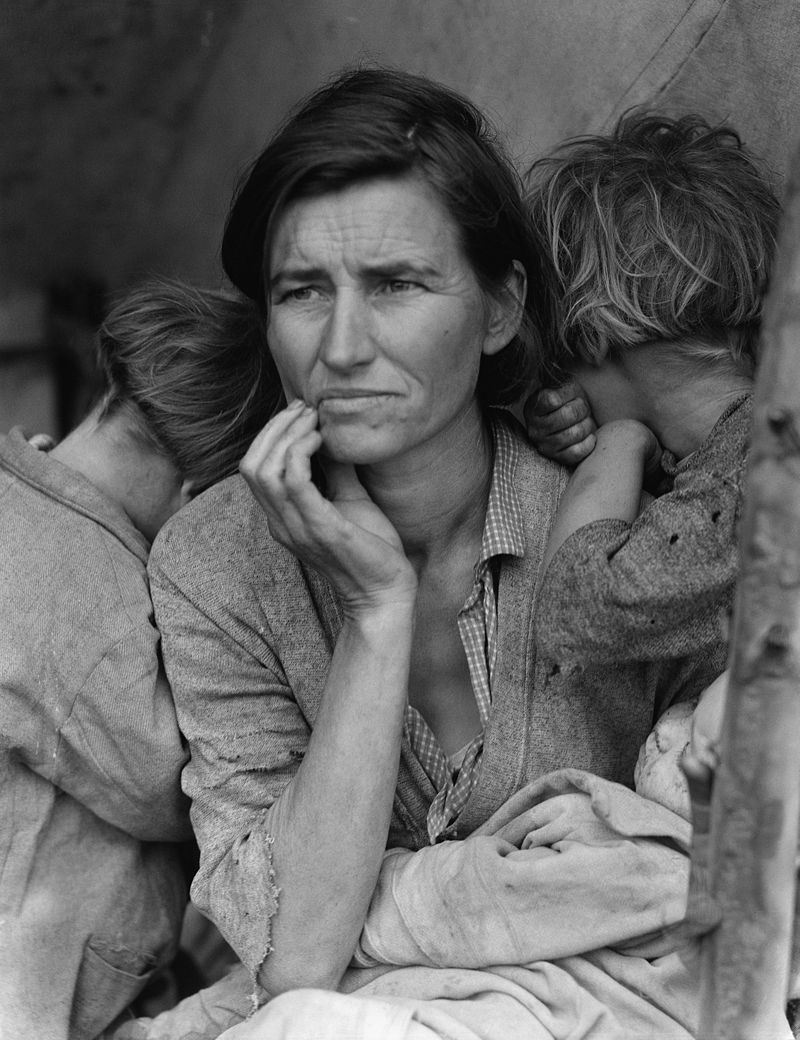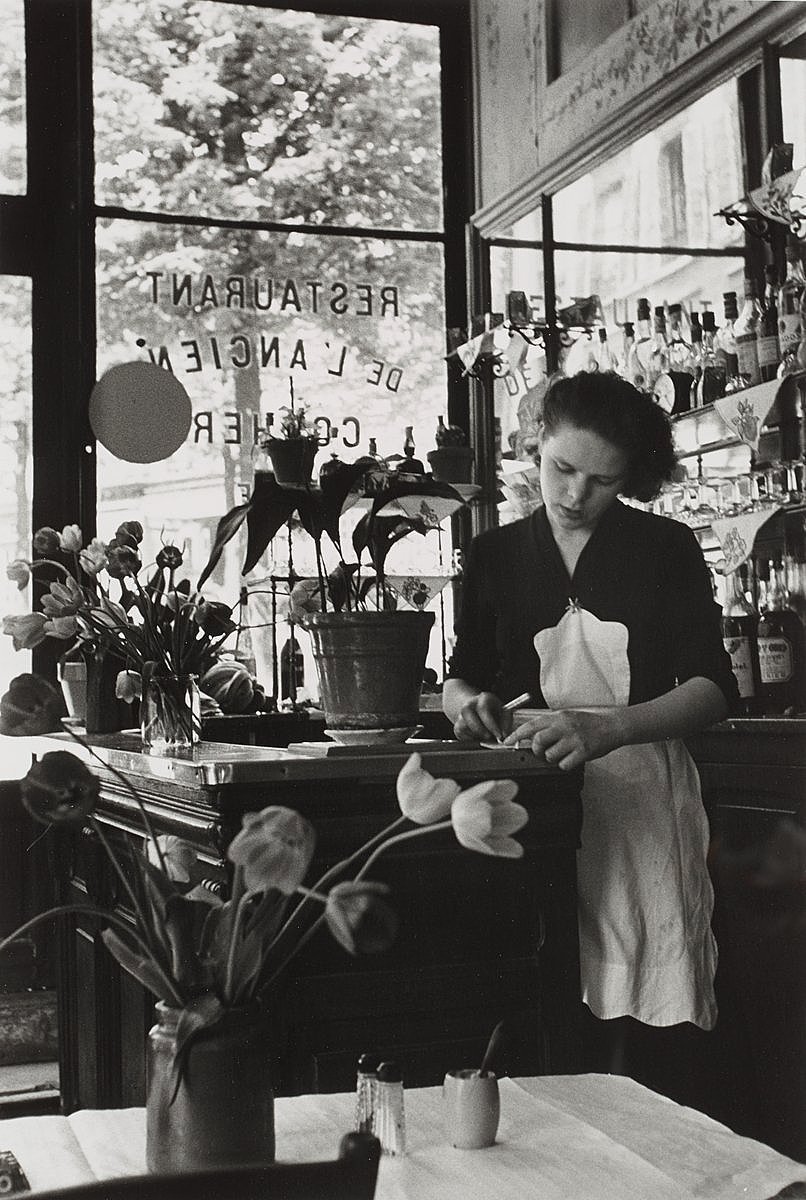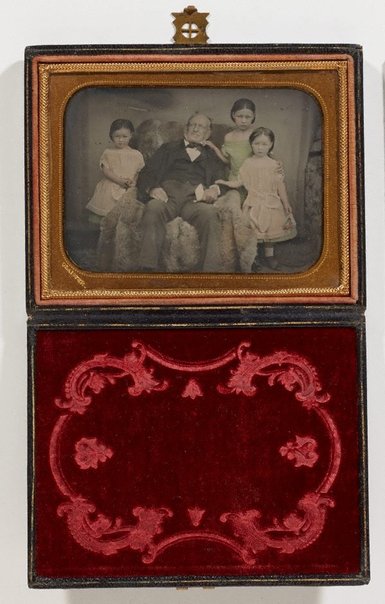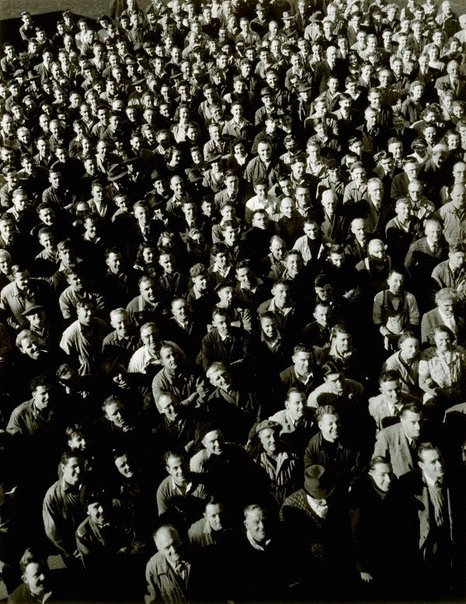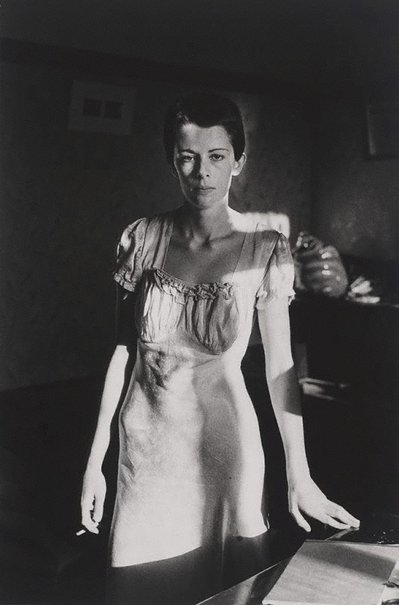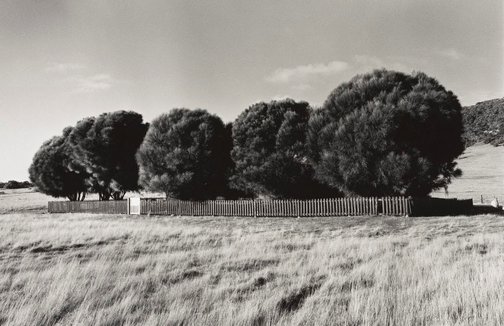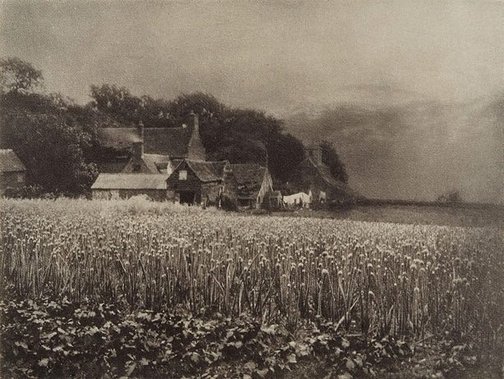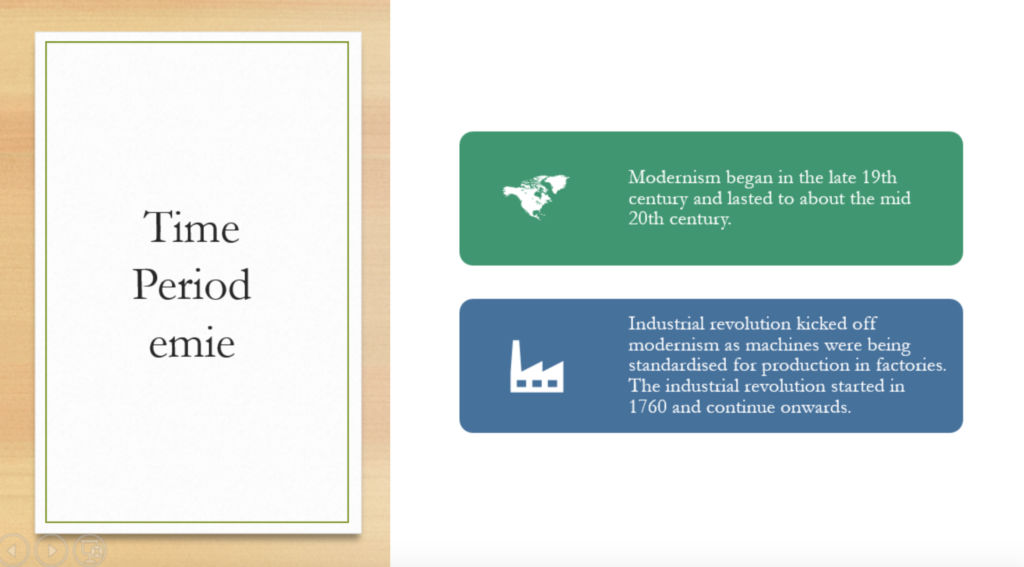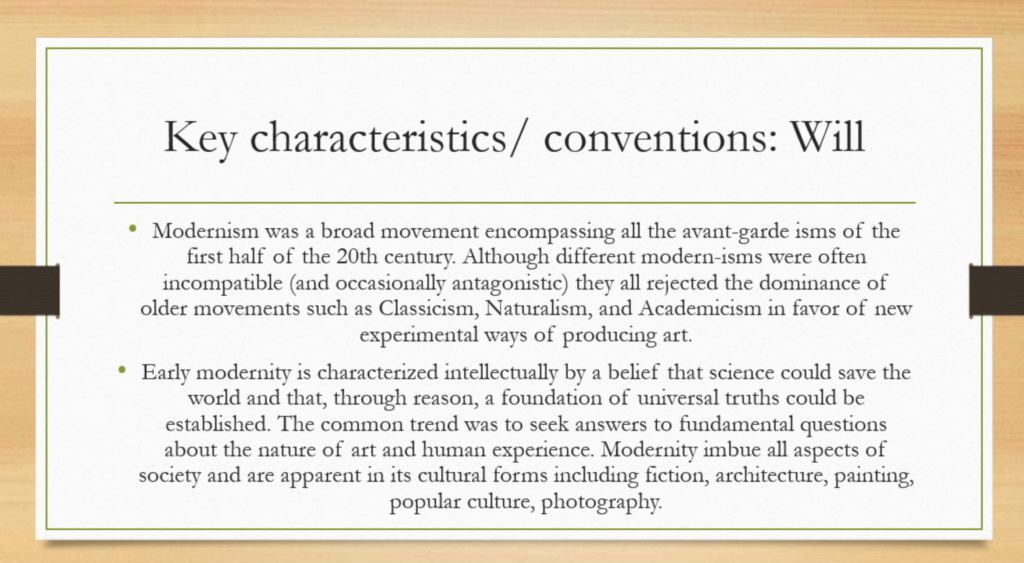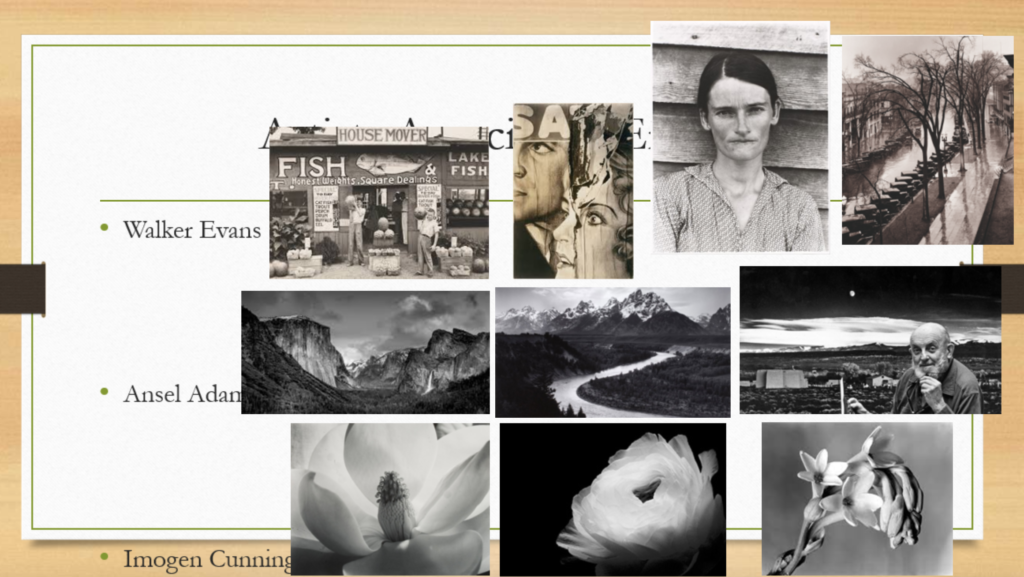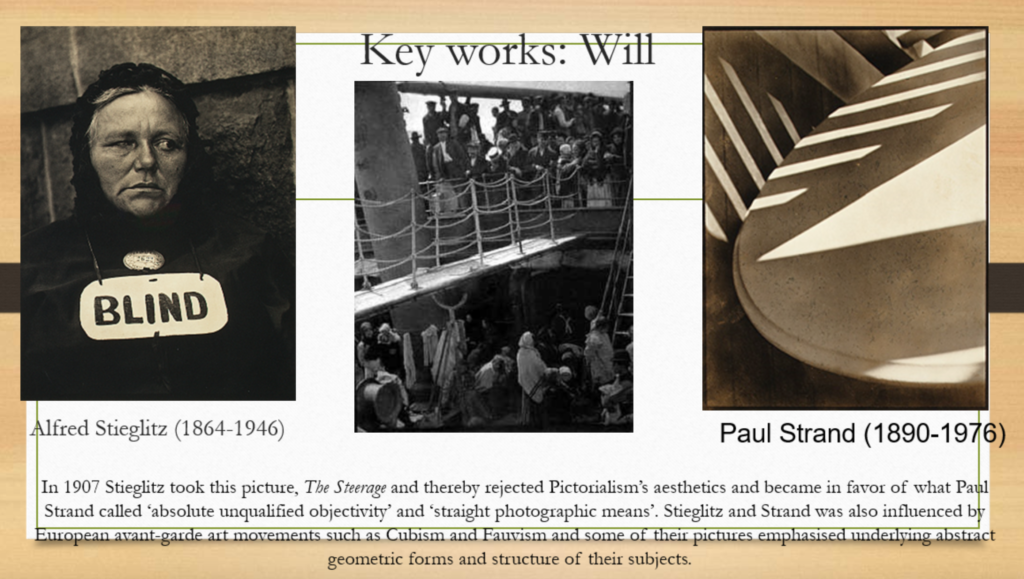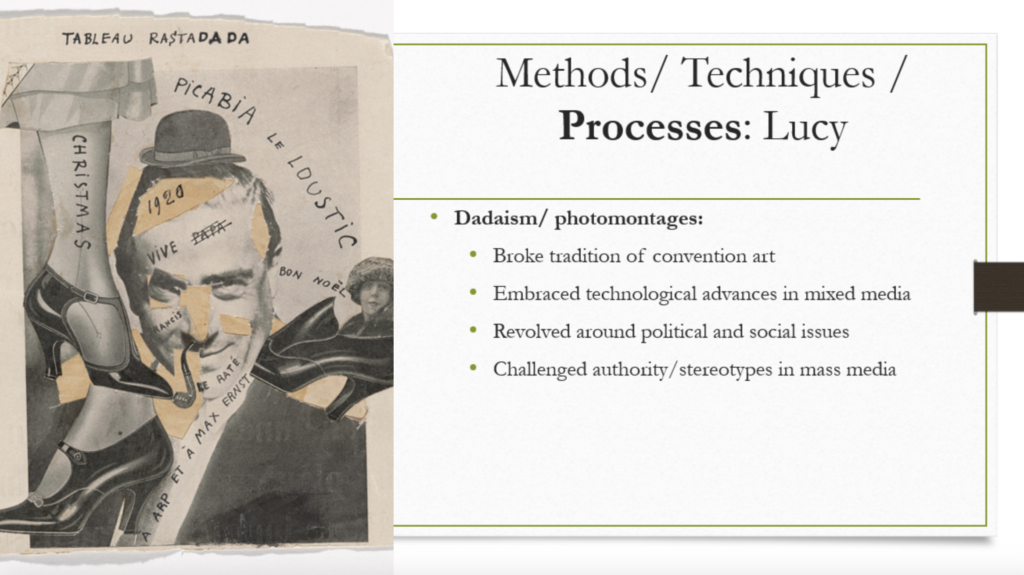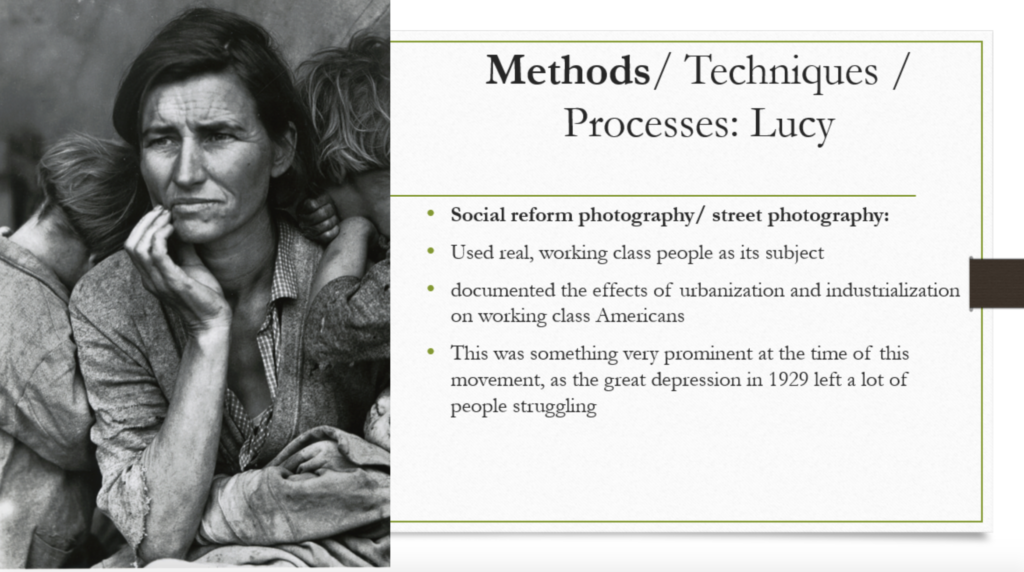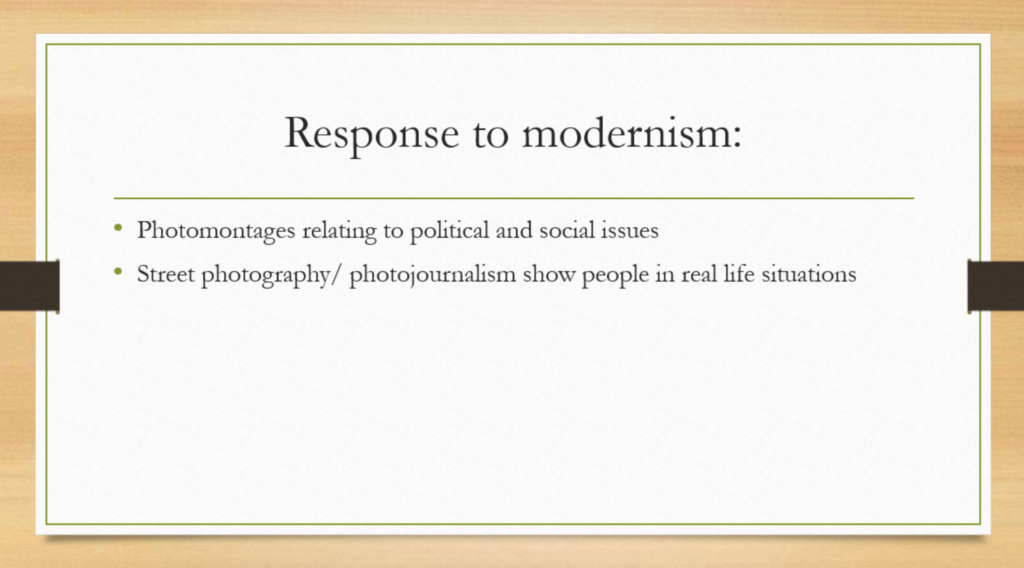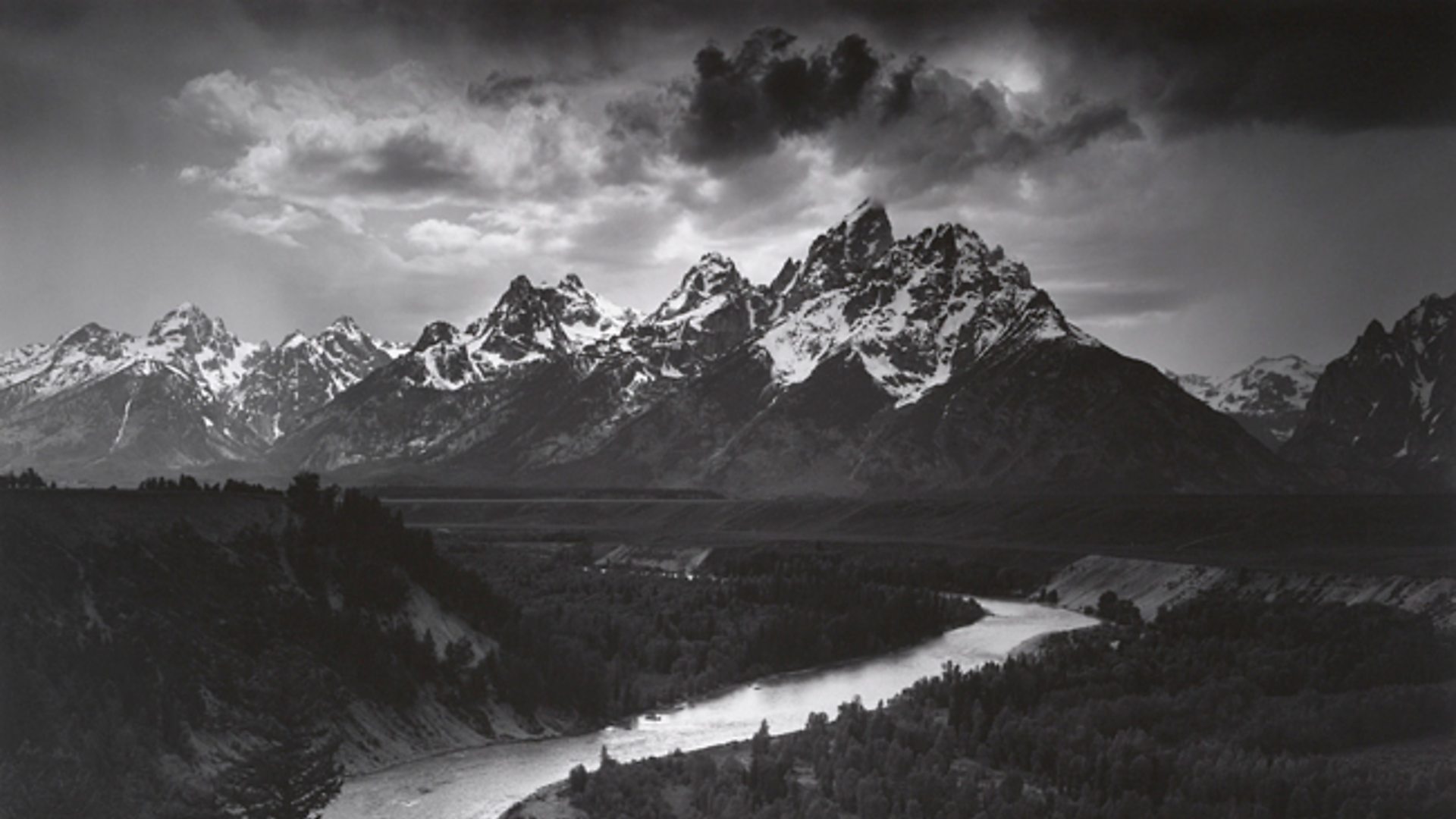Notes on Jeff Wall
- ‘Certain things probably attract me more than others, as well. and I don’t want to get very much control over that, either.’ – I agree portraiture and objects attract me more than landscapes.
- ‘So I’m looking for ways, ways of showing, ways of creating an appearance of something, whether it is a scene of tension or of something else. Also, I don’t feel that there is any preferable kind of subject, especially since subjects usually come up by accident’. Some of my best photography especially portraiture has been created accidentally.

Technical
The lighting is artificial you can see the light bulbs on the ceiling. What’s interesting is that the subject, the woman is being illuminated however the photographer in the image is in the dark which is maybe symbolic of the photographer’s job always in the shadows behind the camera.
Visual
The image uses the rule of thirds, the image is divided into three parts one with the photographer, one with the woman and one with the camera. This is framed by the pole stands dividing the room.
Contextual
The work picture for women was produced in 1979. It was produced in response to Edouward Manet’s realism painting Un bar aux Folies Bergere. (below)

Wall’s image, therefore, references popular culture at the time in the way that critics were at the time arguing over the impossibilities of the painting. The image is seen contextual as one of the first moves from an art form from the printed page to the gallery.
Conceptually
The image is technically a tablet photo in the way that Wall was almost reenacting the painting. He’s used the lighting to create the same spatial depth as in the painting. The whole image is meant to represent the mirror of the bar where his ‘barmaid’ has the same absorbed look as the barmaid in the painting and is being observed by a dark figure. Through the male gaze, there is a power relationship between the onlooker, female and male and the onlooker that has been recreated from the painting.

